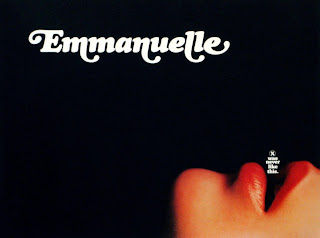A close friend had a theory of how Feroze Khan's film Dayavan
came about. The way he figured it, FK and his friends, including Vinod
Khanna, were having one of their customary all-night drinking sessions
when they heard over the news that a Tamil movie called Nayakan had won its lead star Kamalahaasan and several others National awards, and was going to be sent as India's entry to the Oscars that year.
FK orders his Man Friday "Arre, woh Madraasi ke picture ka tape laa re, dekhte hai itna kya bada kiya hai". Viewing the tape over more drinks, FK in complete disbelief repeatedly spits whisky at the screen, all the while copiously swearing "B**** C****! Isko National Award diya hai! Oscar ko bhej raha hai! G**** maarke rakhna chahiye iska!" He then immediately calls up his production guy and orders him to buy the remake rights for Nayakan. The rest as they say is history.
FK orders his Man Friday "Arre, woh Madraasi ke picture ka tape laa re, dekhte hai itna kya bada kiya hai". Viewing the tape over more drinks, FK in complete disbelief repeatedly spits whisky at the screen, all the while copiously swearing "B**** C****! Isko National Award diya hai! Oscar ko bhej raha hai! G**** maarke rakhna chahiye iska!" He then immediately calls up his production guy and orders him to buy the remake rights for Nayakan. The rest as they say is history.
I suspect a similar thing happened with Section 375. Someone
educated in the Abbas-Mustan School of Cinematic Arts watched Chaitanya
Tamhane's National Award winning and Oscar submitted Court (reviewed HERE) and
said, "Is mein kya hai? Ek court scene ko recess-adjourn bolke paanch
scene banana hai, beech mein lawyer log ka lunch-dinner dikhana hai,
thoda Marathi-English bolna hai. Aur background music kam volume pe chalana hai."
A film that professes to be a timely debate on the complexities of justice in rape trials, but relies on imbecilic trick reversals to play with audience sympathies. Akshay Khanna veers between smug smirking and being so low-key he's in the basement. Richa Chadha, brilliant in Masaan, collapses under the dual whammy of awful make-up and pedestrian characterization. Ugly's Rahul Bhat plays another shady creep, with diminishing returns. Other members of the cast seem to have wholly contradictory views about what sort of film they're in, which appears consistent with the state of the mind of the people that wrote and directed it.
A film that professes to be a timely debate on the complexities of justice in rape trials, but relies on imbecilic trick reversals to play with audience sympathies. Akshay Khanna veers between smug smirking and being so low-key he's in the basement. Richa Chadha, brilliant in Masaan, collapses under the dual whammy of awful make-up and pedestrian characterization. Ugly's Rahul Bhat plays another shady creep, with diminishing returns. Other members of the cast seem to have wholly contradictory views about what sort of film they're in, which appears consistent with the state of the mind of the people that wrote and directed it.






















